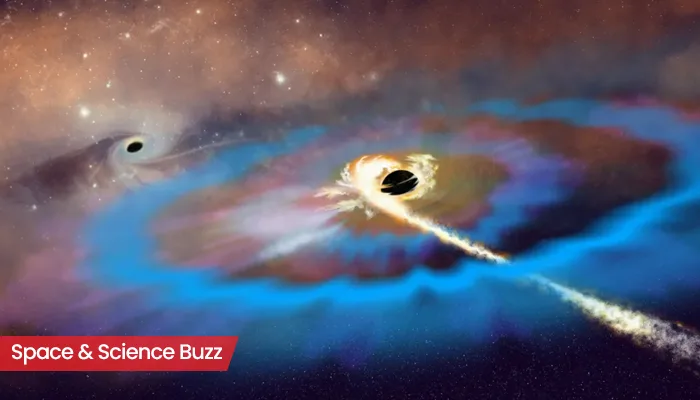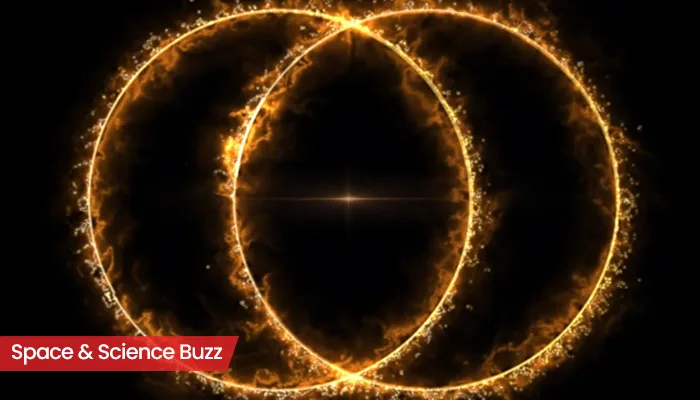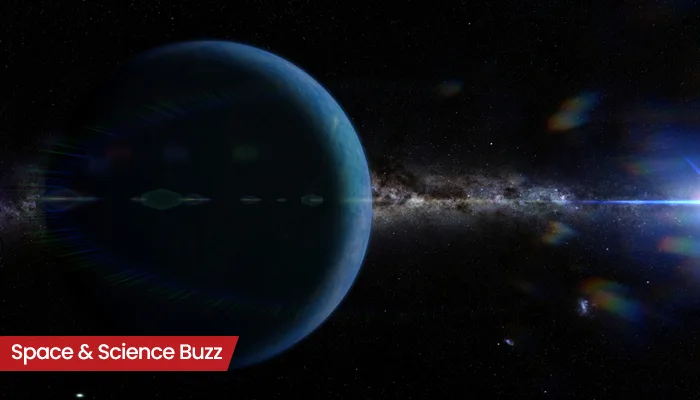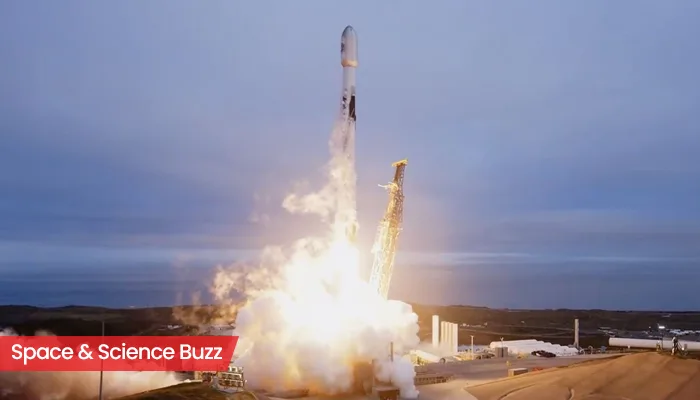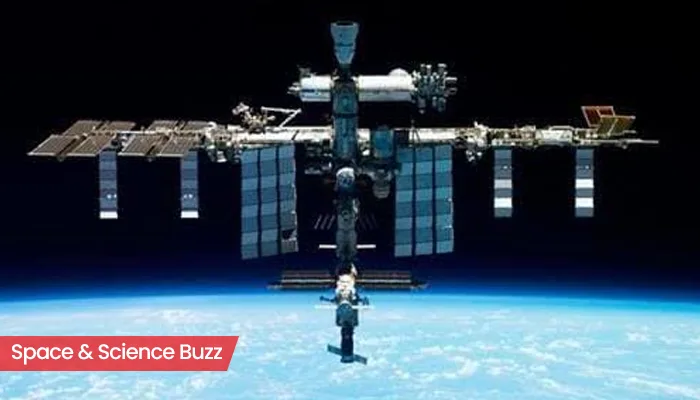
Long time ago, a cosmic event changed the course of Earth’s history and left a great impact on our planet. This event is known as the Chicxulub impact, which is none other than a cataclysmic asteroid strike which is the cause of extinction of the dinosaurs. This may be a familiar story to many of us; however, the details surrounding the Chicxulub impact are both fascinating and surprising. Let's find out six little-known facts that can shed new light on this ancient cosmic disaster.
It Wasn’t Just the Dinosaurs
When people think of the Chicxulub impact, the extinction of the dinosaurs is often the first thing that comes to human mind. However, the asteroid's after-effects were way more impactful. It wiped out around 75% of all species on Earth. This asteroid didn’t discriminate among its species; it affected the whole marine life, plants, insects, and even microorganisms. Not only the species, it affected the whole environment as well. There was sudden drastic global temperature drop including acid rain, which created an adverse situation for all forms of life.
The Asteroid Was the Size of a Mountain
The Chicxulub asteroid wasn’t just a small space rock; it was a colossal mountain-sized object, estimated to be about 10 to 15 kilometres (6 to 9 miles) in diameter. To put this in perspective, the asteroid was nearly as large as Mount Everest. The energy released upon impact was equivalent to billions of atomic bombs, creating a crater over 150 kilometres (93 miles) wide and 20 kilometres (12 miles) deep in what is now the Yucatán Peninsula in Mexico.
A Global Firestorm Ignited
The immediate impact wasn’t the only disastrous force at play. The asteroid strike generated an intense heat pulse that caused widespread wildfires across the planet. As the debris from the impact hurtled back through the atmosphere, it superheated, igniting vegetation over vast areas. This global firestorm released massive amounts of soot and ash into the atmosphere, contributing to the "impact winter" that followed—a period of darkness and cold that further decimated life on Earth.
Earthquakes and Mega-Tsunamis
The Chicxulub impact didn’t just affect the sky and the land; it also triggered some of the most powerful earthquakes and tsunamis in Earth’s history. The initial impact likely generated seismic waves strong enough to trigger volcanic activity worldwide. In addition, the asteroid’s plunge into the shallow waters of the Gulf of Mexico caused mega-tsunamis, with waves possibly reaching heights of over 100 meters (328 feet). These tsunamis would have devastated coastlines far from the impact site.
The Impact’s Legacy Lives On
The Chicxulub crater isn’t just a relic of the past—it continues to influence the geology and ecology of the Yucatán Peninsula today. The ring of cenotes, or natural sinkholes, found in the region is directly linked to the crater’s formation. These cenotes are not only a geological wonder but also provide vital freshwater resources for the local population. In a way, the Chicxulub impact still shapes life in this region millions of years later.
It May Have Had a Silver Lining
The Chicxulub impact is mostly seen as a purely devastating event, though there are some researchers, who argue that, this change might have paved the way for the rise of mammals—and eventually, humans. When the dinosaurs were gone, mammals had their opportunity to evolve and diversify without any threat of these dominant predators. Thus, new species have evolved and, ultimately, our own ancestors have come to this world.
The Chicxulub impact was a monumental event that reshaped life on Earth in ways that are still being uncovered. After this event, our planet adapted, transformed, and new ecosystems have been developed, which eventually created the world we know today. This cataclysmic but catastrophic event is a testament to Earth’s ability to accept renewal and change.

.webp)
.webp)
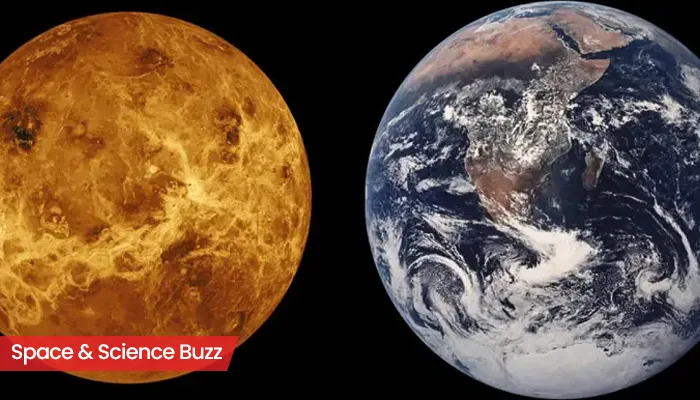
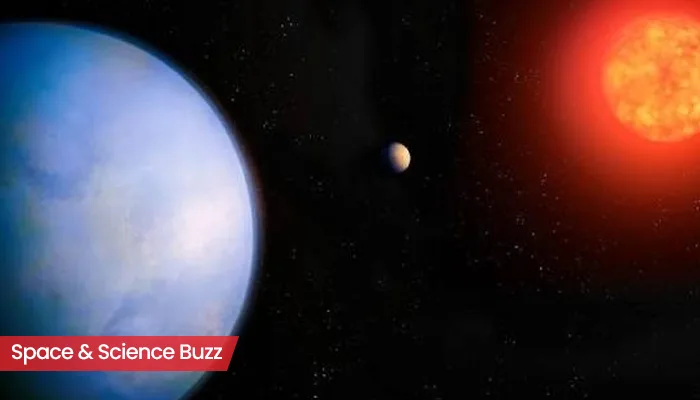
.webp)
.webp)
.webp)
